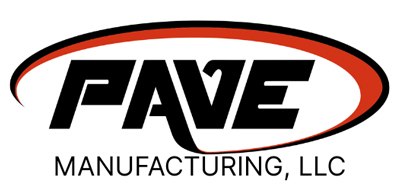Introduction
Electrical contractors are under increasing pressure to deliver projects on-time with improved safety, efficiency and cost effectiveness all while working with compressed schedules. Between labor shortages, complex designs, and tight deadlines, contractors must juggle multiple challenges at once. Prefabrication is proving to be the game-changer that can address these pain points head-on.
Here are some of the top challenges electrical contractors face, and how prefabrication provides real solutions.
Skilled Labor Shortages
The Challenge: The electrical contracting industry is struggling with an aging workforce and fewer new trades people entering the field. Labor costs continue to rise, and finding enough qualified electricians to complete projects can result in project delays.
The Prefab Solution: Prefabrication shifts a significant portion of labor offsite into controlled shop environments, allowing fewer onsite electricians to be more efficient. Assemblies and components are pre-built and delivered just-in-time, reducing onsite man-hours by up to 40%.
Project Delays and Scheduling Risks
The Challenge: Coordinating multiple trades and suppliers on a busy jobsite often leads to bottlenecks and missed deadlines. Last minute scope changes add complexity and cost.
The Prefab Solution: Prefabricated components are not subjected to weather issues, jobsite logistical headaches and can be standardized which minimize disruptions and increase productivity. Prefabricated components can be delivered when needed and to the actual work area minimizing waste and saving time.
Inconsistent Quality of Onsite Work
The Challenge: Onsite assembly builds vary in Quality depending on who performs the work, the weather conditions the work is performed in and the nature of the environment the work is done in. Assembly components can be obtained from multiple suppliers which can cause inconsistencies leading to costly rework or delays.
The Prefab Solution: Prefabrication will result in standardized assemblies that will be built with consistent quality in a controlled environment. This results in reduced errors, improved compliance, and improved onsite installation efficiency from being familiar with the standardized assemblies.
Rising Material Costs & Waste
The Challenge: Traditional onsite fabrication often leads to over purchasing, mistakes and excess scrap and waste. With material prices rising, waste directly impacts profitability.
The Prefab Solution: Pre-cut, pre-bent, and pre-kitted assemblies and components deliver what is needed for the job and eliminates excessive purchasing, site losses, wasted time to find parts and scrap/waste at the end of the job. Contractors can be leaner, reduce costs, align with sustainability initiatives, and improve profit.
Safety Concerns on the Jobsite
The Challenge: Electrical contractors face significant risks when working at heights, in confined spaces, tight quarters, or in high-traffic areas.
The Prefab Solution: By moving assembly work offsite, contractors can reduce jobsite hazards and improve overall safety. Site crews spend less time handling complex installations in challenging situations and weather conditions.
Final Thoughts
The electrical contracting industry faces ongoing challenges but, prefabrication offers practical, efficient, and proven solutions. From mitigating labor shortages to cutting waste, prefab is helping contractors stay competitive in today’s demanding construction environment.
PAVE Manufacturing partners with contractors to deliver custom metal fabrication and prefabricated electrical solutions that improve efficiency, consistency, and profitability, no matter the project size.
